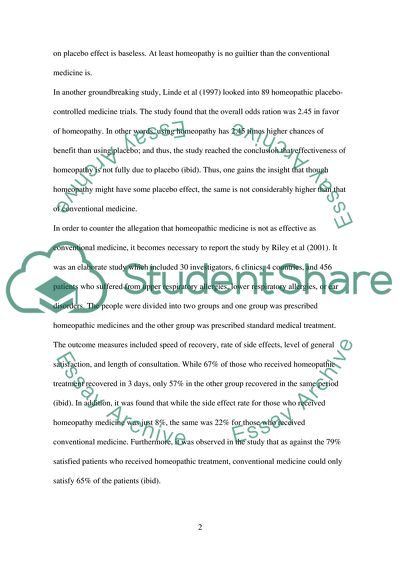Cite this document
(Homeopathy as a Bone of Contention Coursework Example | Topics and Well Written Essays - 2000 words, n.d.)
Homeopathy as a Bone of Contention Coursework Example | Topics and Well Written Essays - 2000 words. Retrieved from https://studentshare.org/health-sciences-medicine/1779029-homeopathy-degree-research-methods-module-critique-assignment
Homeopathy as a Bone of Contention Coursework Example | Topics and Well Written Essays - 2000 words. Retrieved from https://studentshare.org/health-sciences-medicine/1779029-homeopathy-degree-research-methods-module-critique-assignment
(Homeopathy As a Bone of Contention Coursework Example | Topics and Well Written Essays - 2000 Words)
Homeopathy As a Bone of Contention Coursework Example | Topics and Well Written Essays - 2000 Words. https://studentshare.org/health-sciences-medicine/1779029-homeopathy-degree-research-methods-module-critique-assignment.
Homeopathy As a Bone of Contention Coursework Example | Topics and Well Written Essays - 2000 Words. https://studentshare.org/health-sciences-medicine/1779029-homeopathy-degree-research-methods-module-critique-assignment.
“Homeopathy As a Bone of Contention Coursework Example | Topics and Well Written Essays - 2000 Words”. https://studentshare.org/health-sciences-medicine/1779029-homeopathy-degree-research-methods-module-critique-assignment.


